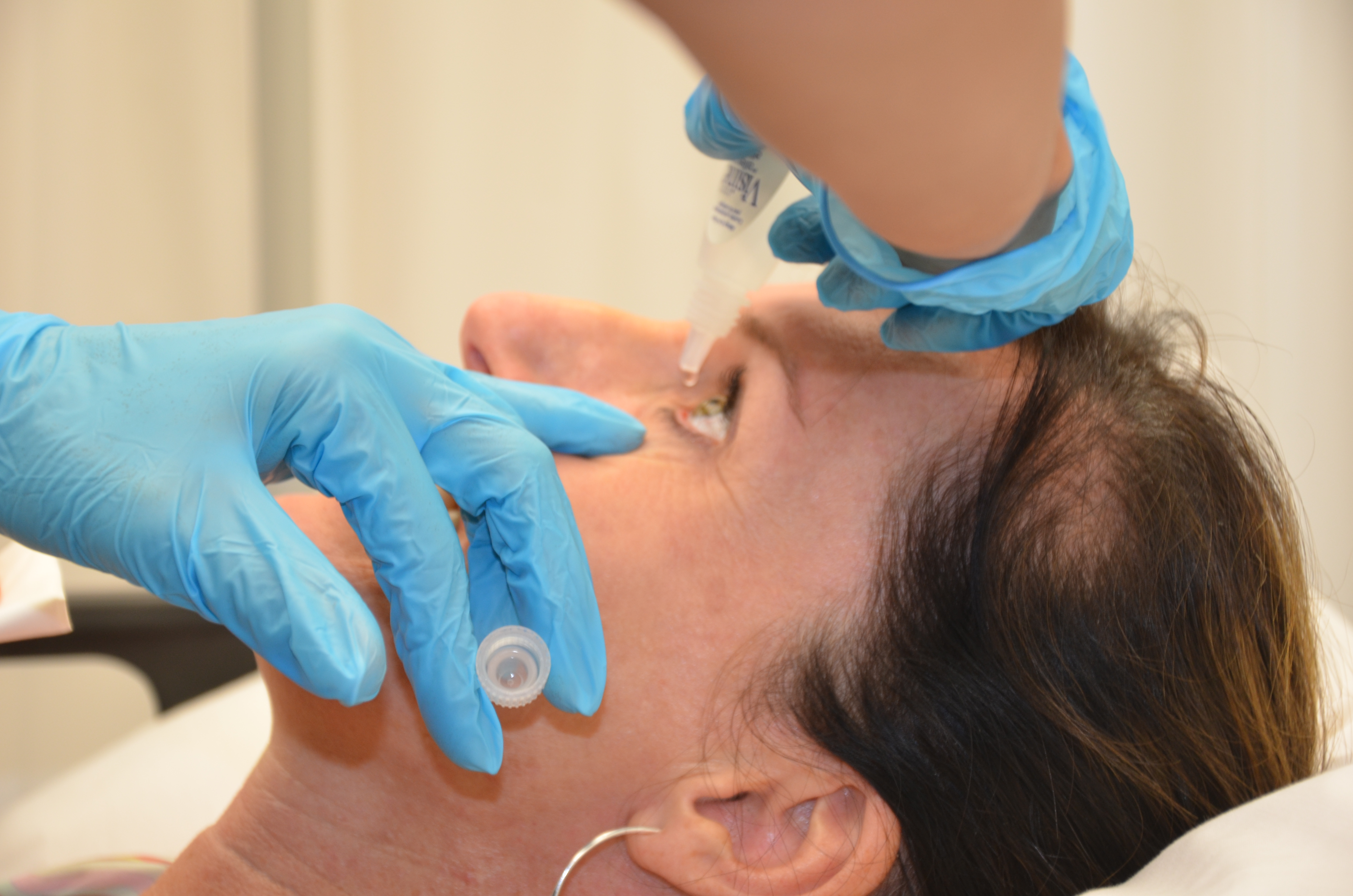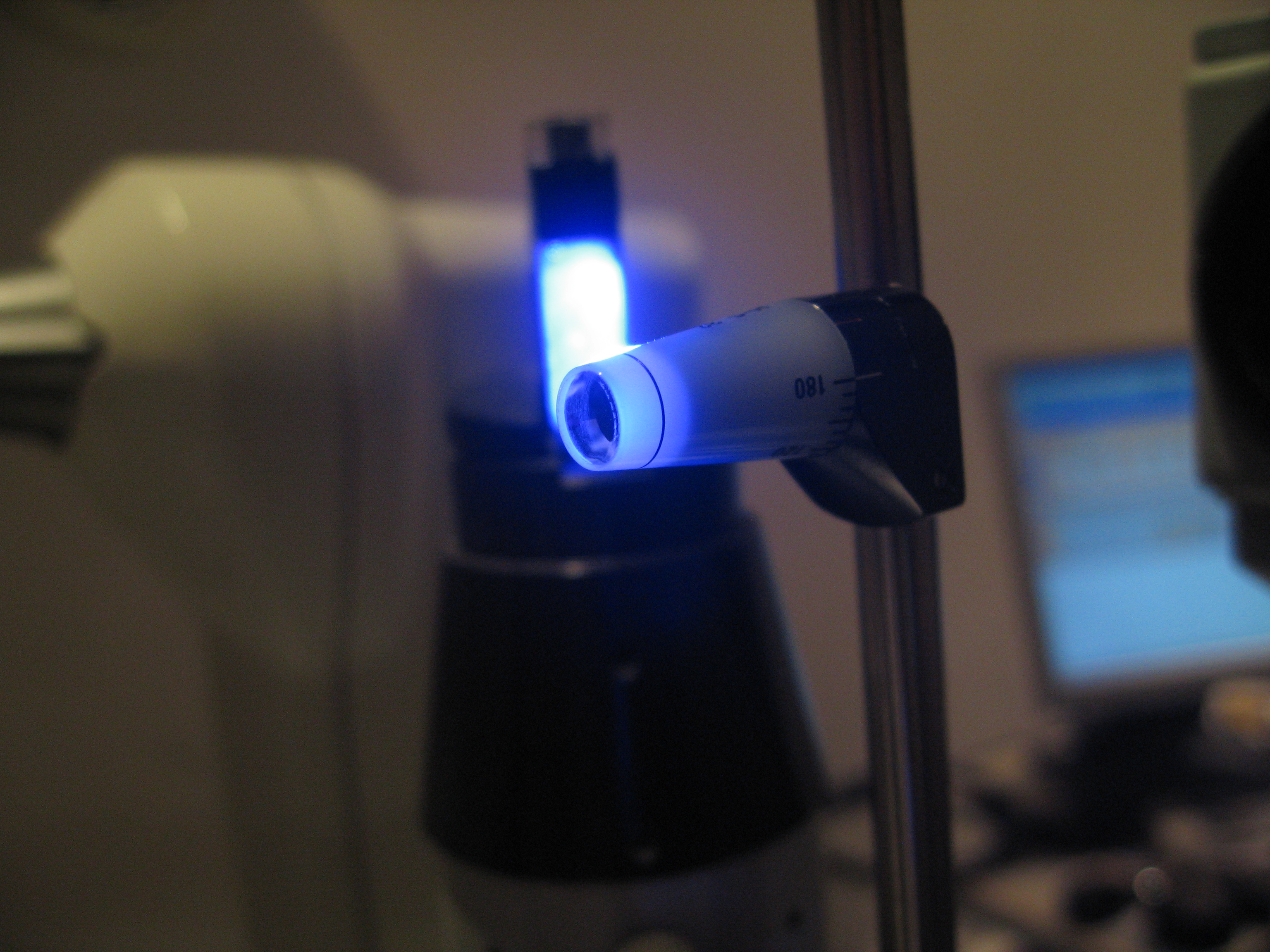Restasis
also known as Cyclosporine 0.05% Eye Drops
Last updated August 30, 2025
Medical information on this page is for educational purposes only and is not a substitute for professional medical advice, diagnosis or treatment.
See our Terms & Conditions and Consent for Telemedicine for details.




Overview
Restasis (cyclosporine ophthalmic emulsion) 0.05% is a prescription eye drop used to treat dry eye disease (DED). Dry eye happens when your eyes do not make enough healthy tears or when the tears evaporate too quickly. Common symptoms include burning, stinging, gritty sensation, and blurry or fluctuating vision—especially with reading or screen time. 1
Restasis helps your own tear glands make more tears over time by calming inflammation on the surface of the eye. It belongs to a group of medicines called calcineurin inhibitors. Most people use one drop in each eye twice a day, about 12 hours apart. 2
Dry eye care is usually stepwise. Along with prescription drops like Restasis, your plan may include artificial tears, warm compresses, eyelid hygiene, and lifestyle changes (blink breaks, humidifier). Your eye doctor will adjust the plan based on your exam and goals.
How the Procedure Works & Options
How Restasis works: In many people with dry eye, immune inflammation around the tear glands and the eye surface reduces healthy tear production. Cyclosporine lowers this inflammation so glands can recover and make more natural tears. This can improve the tear film and help the surface heal. 4
How to use it (key steps):
- Shake the single-use vial gently (or the multi-dose bottle if prescribed).
- Wash and dry hands. Tilt your head back, pull the lower lid down, and place one drop without touching the tip to your eye or lashes.
- Use twice daily, about 12 hours apart. If you miss a dose, use it when you remember and then return to your normal schedule.
- Contact lenses: remove before using Restasis and wait 15 minutes before reinserting.
- If using artificial tears too, separate from Restasis by at least 15 minutes so both can work well.
Other dry eye options you may hear about: preservative-free artificial tears, gel at night, warm compresses and lid scrubs (for eyelid oil glands), punctal plugs, omega-3 nutrition, in-office eyelid heat treatments, and other prescription drops. Your doctor will tailor choices based on whether your dry eye is mostly evaporative, aqueous-deficient, or mixed. 3
Who Is a Candidate?
Good candidates: People with diagnosed dry eye who still have symptoms (burning, stinging, gritty feeling, fluctuating vision) or signs (surface staining, low tear production, fast tear break-up) despite artificial tears and healthy habits. Restasis is indicated to increase tear production in patients whose tear production is presumed to be suppressed due to ocular inflammation (keratoconjunctivitis sicca). Do not use if you are allergic to any ingredient. 5
Evaluation may include: slit-lamp exam, tear break-up time, ocular surface staining, and Schirmer testing—these help confirm the type and severity of dry eye and whether an anti-inflammatory drop is the right next step. 6
Special situations: If you wear contacts, be ready to remove them before each dose and wait 15 minutes before reinsertion. If you have an active eye infection, your doctor may delay Restasis until the infection is treated. Always share your full medication list and any history of eye allergies with your clinician. 7
Enter your details below to check your suitability for this treatment
Suitability Level
Recommendation
Cost and Price
How it’s covered (U.S.): Restasis is filled at a pharmacy and is usually covered under Medicare Part D or a commercial prescription plan. Some plans require prior authorization or step therapy (e.g., trial of artificial tears). Coverage, copays, and deductibles vary by plan. 8
Ways to plan and save:
- Ask about generic cyclosporine 0.05% options and whether your plan prefers a specific brand or generic.
- Fill at an in-network pharmacy; mail-order can reduce costs and trips for stable, ongoing use.
- Request a 90-day supply if allowed to lower per-month costs on some high-deductible plans.
- Use HSA/FSA funds when eligible to pay with pre-tax dollars.
- If you qualify, the Medicare Part D Extra Help program can reduce out-of-pocket drug costs. 9
- Keep low-cost preservative-free artificial tears on hand to support comfort while Restasis is building effect.
Before you start, ask your clinic for a written estimate that lists the prescription, expected follow-up visits, and any additional treatments (e.g., punctal plugs or in-office eyelid care) so you can budget time and money with fewer surprises.
Benefits and Limitations
Benefits (what studies show): Randomized clinical trials demonstrated that cyclosporine 0.05% improved signs of surface damage and increased comfortable tear production compared with vehicle in people with dry eye, supporting its use as an anti-inflammatory therapy for DED. 10 Many patients notice better comfort for reading and screen work as the tear film stabilizes and the eye surface heals.
Limits to understand: Restasis is not a quick fix. It often takes several weeks to start helping and 3–6 months for full benefit. Some people still need artificial tears, eyelid care, or other therapies in combination. Staying consistent is key—skipping doses can slow or stop progress. 11
Common side effects (usually mild/short-lived):
- Temporary burning or stinging after a drop, eye redness, or discharge.
- Remove soft contact lenses before dosing and wait 15 minutes to reinsert.
- Tell your doctor right away if you have eye pain, vision changes, or signs of infection.
Recovery and Long-Term Care
Daily routine: Use one drop in each eye twice daily, about 12 hours apart. If you use other eye medicines, separate them by at least 15 minutes. Always remove contact lenses before dosing and wait 15 minutes before reinserting. 12
Set expectations: A small sting right after dosing usually fades within minutes. Improvement is gradual—track symptoms (burning, grittiness, fluctuating vision) weekly so you and your doctor can see progress over time. 1
Healthy habits that help:
- Blink breaks during screens (20-20-20 rule) and a room humidifier.
- Sunglasses outdoors; warm compresses and gentle lid hygiene if oil glands are clogged.
- Bring all drops to visits so your clinician can simplify your plan and avoid duplicates.
Latest Research & Innovations
Research continues to improve comfort and speed of relief for dry eye therapies. Multiple studies support the role of topical anti-inflammatory drops—like cyclosporine—in a stepwise plan that also addresses eyelid oil glands and tear evaporation. Pivotal randomized trials of cyclosporine 0.05% showed improvements in tear function and surface health versus vehicle, which helped establish today’s standard of care. 10
Your doctor may also discuss other prescription options or complementary treatments if inflammation, allergy, or eyelid disease are part of your picture. The goal is simple: a stable tear film, comfortable eyes, and clear vision for daily life. 1
Recently Published in Peer-Reviewed Journals
BMC ophthalmology
July 1, 2025
Comparison of effects of cyclosporine 0.05% and 0.1% in dry eye with Sjögren's syndrome.
Jee D, Han SY, Kim HS, et al.
BMC ophthalmology
January 22, 2025
Clinical efficacy of 0.1% cyclosporine A in dry eye patients with inadequate responses to 0.05% cyclosporine A: a switching, prospective, open-label, multicenter study.
Yoon SH, Kim EC, You IC, et al.
Cornea
January 9, 2025
Oral Cyclosporine in Vernal Keratoconjunctivitis: Indications, Outcomes, and Effect on Corticosteroid Use.
Kate A, Tallapelly HG, Jain N, et al.
Next Steps
If dry eye is affecting work, school, or driving, schedule a visit with an eye-care professional (ophthalmologist or optometrist). Bring a list of your symptoms, current drops, and contact lens routine. Ask whether Restasis fits your type of dry eye and how it would combine with tears and eyelid care. 3
When to seek urgent care: severe eye pain, sudden vision change, pus-like discharge, or intense light sensitivity—these may mean a different problem that needs quick treatment. 13
Reminder: This page is educational and does not replace medical advice. Your clinician will personalize your plan so you can feel better, see better, and protect the surface of your eyes over time.
